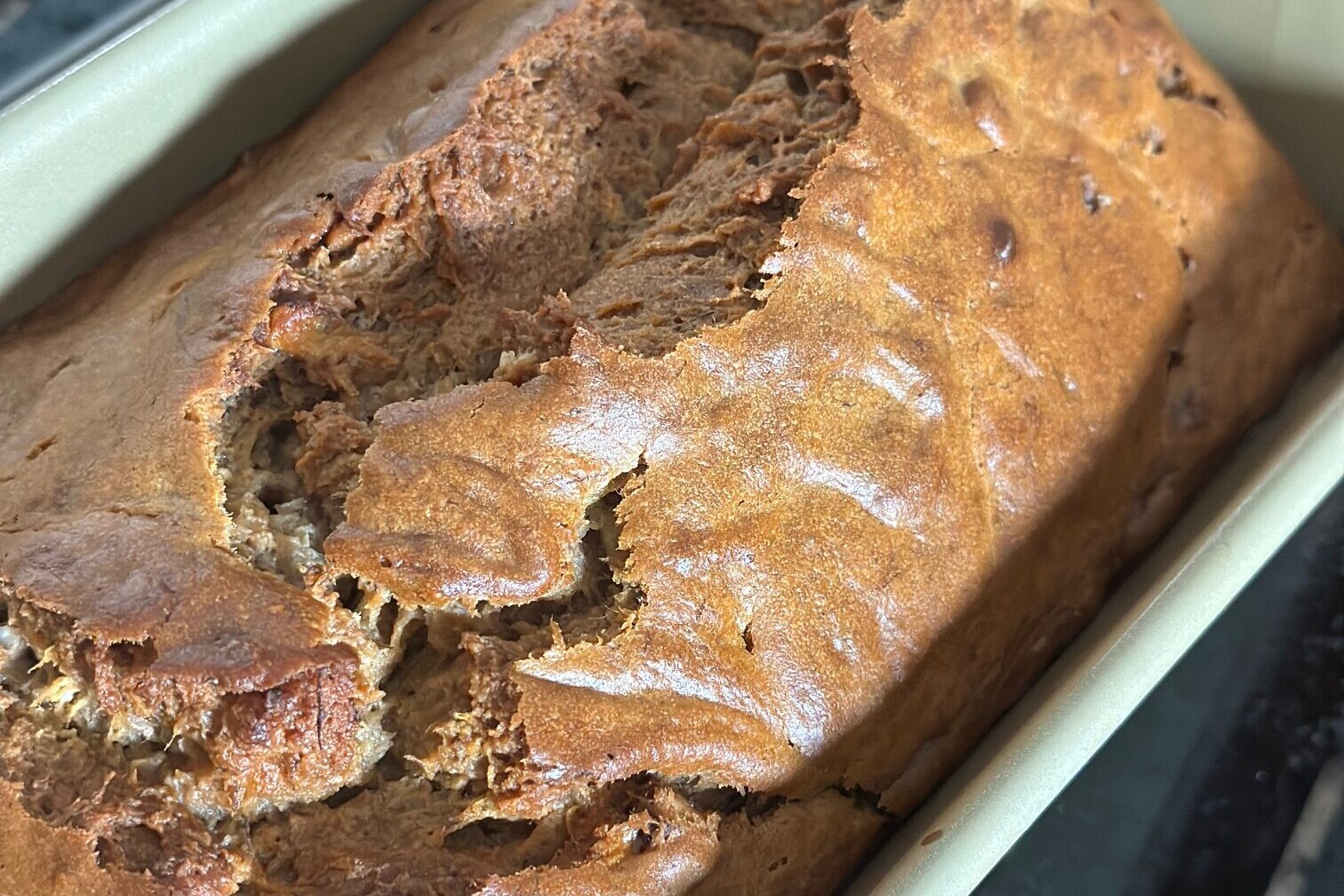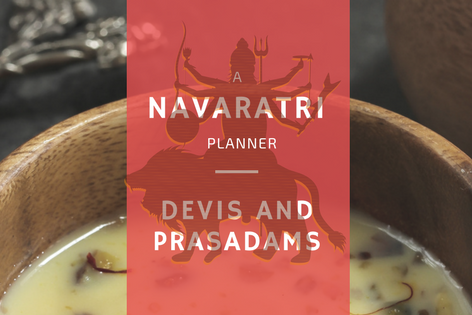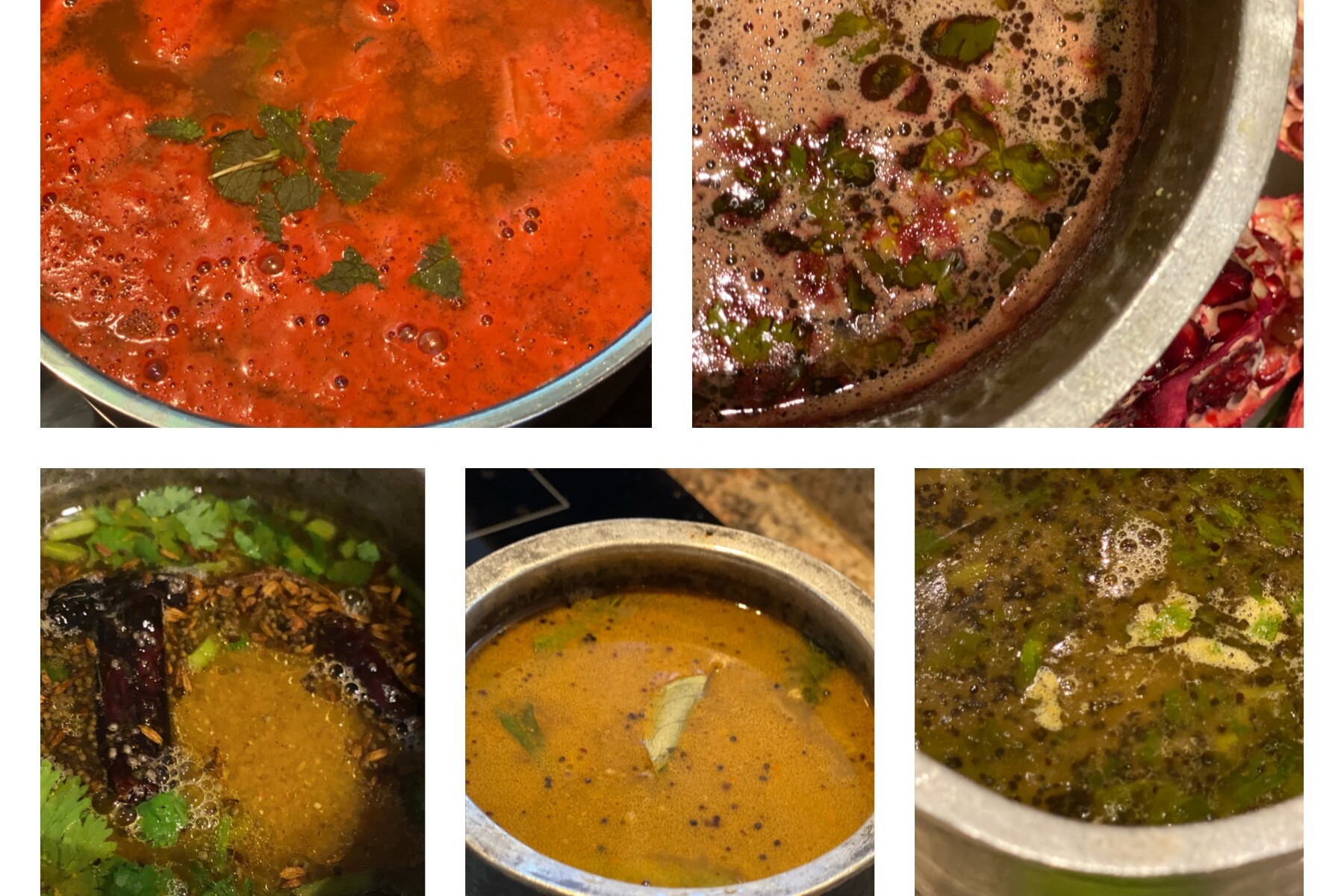I was introduced to this recipe more than 30 years ago by some good friends in Lagos, Nigeria. These ladies were not only formidable cooks, they were also masters of substitution – they had to be since dinner parties were the chief mode of entertainment and while the markets had plenty of locally grown vegetables and fruit, food stores were rare and supplies, basic. In the eight years we lived in Lagos, I don’t think I ever saw a packet of potato chips. If you craved chips, of any kind, you made your own.
From the vantage point of today, it seems we had an amazingly healthy – and sustainable – diet but back then the difficulty in finding many common food items only increased the determination to find a way to recreate the dishes we could no longer get so easily. I learned many tips, tricks, and shortcuts during those years – my friends were generous with their knowledge and enormously patient – but if I had to pick the one recipe that has worked every time and everywhere, it would have to be the gulab jamun. The traditional way of making these spongy, syrup-soaked balls of fried dough is daunting what with first having to boil milk down to its solid form (khoya).
There is a reason why I call these “easy”. Here, milk powder replaces the milk solids. Give this recipe a try and you’ll be amazed at how incredibly simple the process is – you need no more than 30-40 minutes from start to finish. Do watch the frying though – the oil shouldn’t be too hot or the jamuns won’t cook inside.
The end product is lighter than the traditional jamun but tastes just as good.
Serve the jamuns warm. If you’re not fussed about the calories, add a scoop of ice cream!
Makes 8-10
Syrup:
2 cups sugar
2 ½ cups water
Crushed cardamom seeds (optional)
A pinch of saffron, soaked in a tablespoon of warm water (optional)
Ingredients:
8 tablespoons full-fat milk powder
3 tablespoons self raising flour
¼ tsp baking soda
2-3 tbsps plain yogurt or full-fat milk
1-2 tsps butter or oil or ghee
Method:
1. Boil sugar and water until the mixture reduces a bit and the colour deepens to a pale caramel.
2. Add the crushed cardamom pods and saffron mix, if using.
3. Take the syrup off the flame but make sure it is warm when you add the fried balls to it.
4. Sieve the milk powder, self-raising flour, and baking soda.
5. Add the butter and then the yoghurt, a little at a time, and work the mixture with your hands until it forms a ball. Don’t overmix or you’ll end up with tough jamuns.
6. Heat the oil. If it starts to smoke, switch off the fire to let the temperature drop a bit – the oil should be hot enough so that a piece of bread rises to the top but not so hot that it browns immediately.
7. Break off small lime-sized pieces of dough and roll each between your hands to a smooth, crack-free ball. If the dough feels a bit dry, moisten your hands with some milk before rolling the balls.

8. Drop the balls in the oil. Turn them often so that they brown evenly.
9. Drain the balls and add them to the warm syrup. Wait for an hour or more for the balls to absorb the syrup and swell.
2 Comments
Comments are closed.






Hi, I stumbled upon your entry thru Recipes.in, the recipe is very interesting, with simple ingredients. I’ve always found the ready made packs consuming more time, somehow making the balls with desired texture has been a challenge for me. Let me try your recipe. More than that, I liked your recount, ‘cos I can relate to it. Though now-a-days, we get anything we want here, there had been times when we looked for substitutes and learning associated with it.
Glad you could relate to it all! Let me know if the recipe works out.